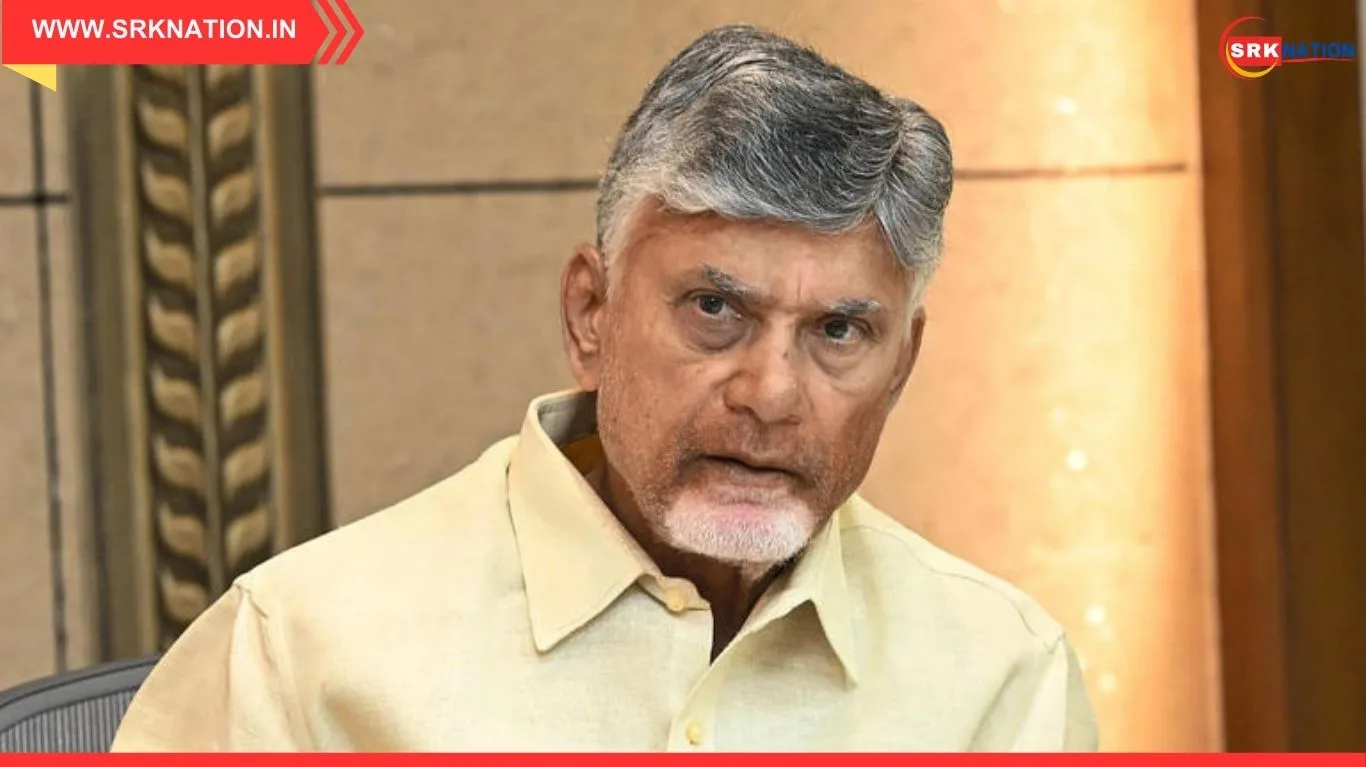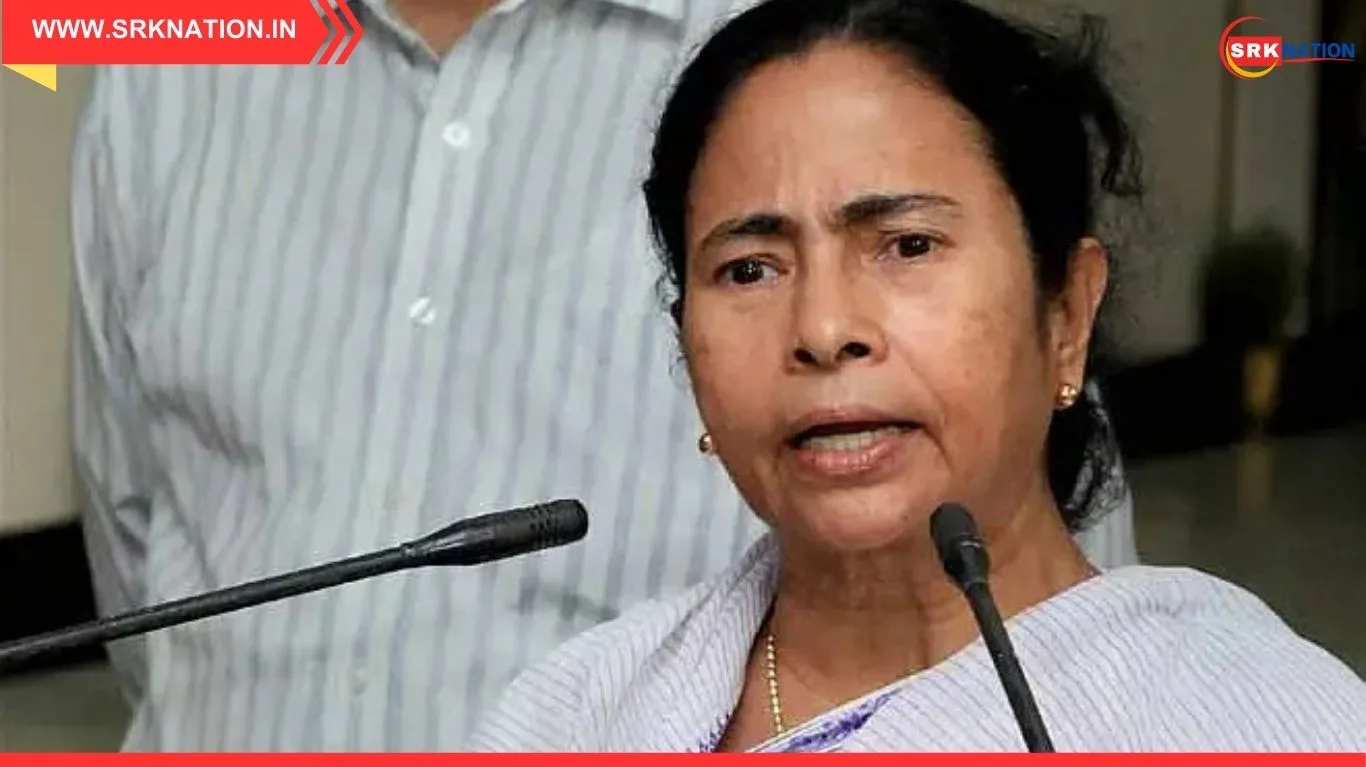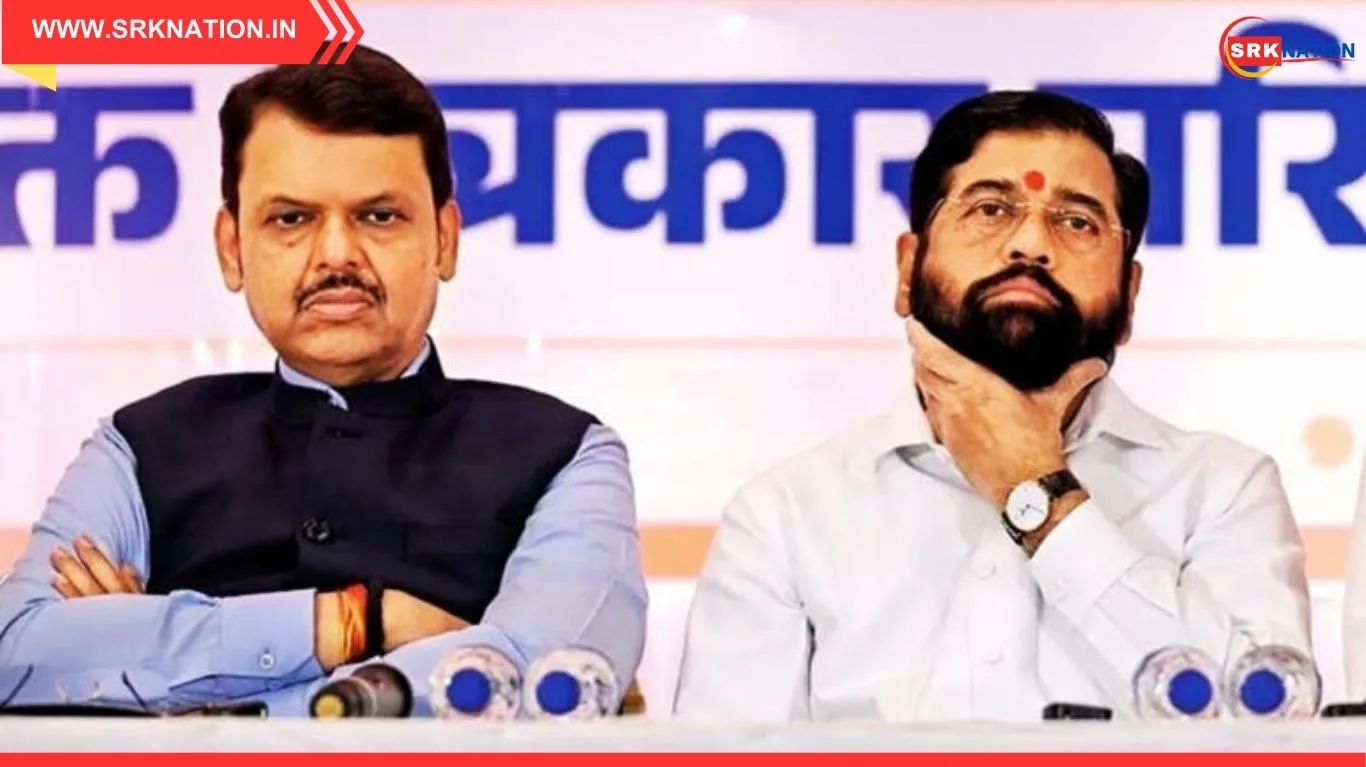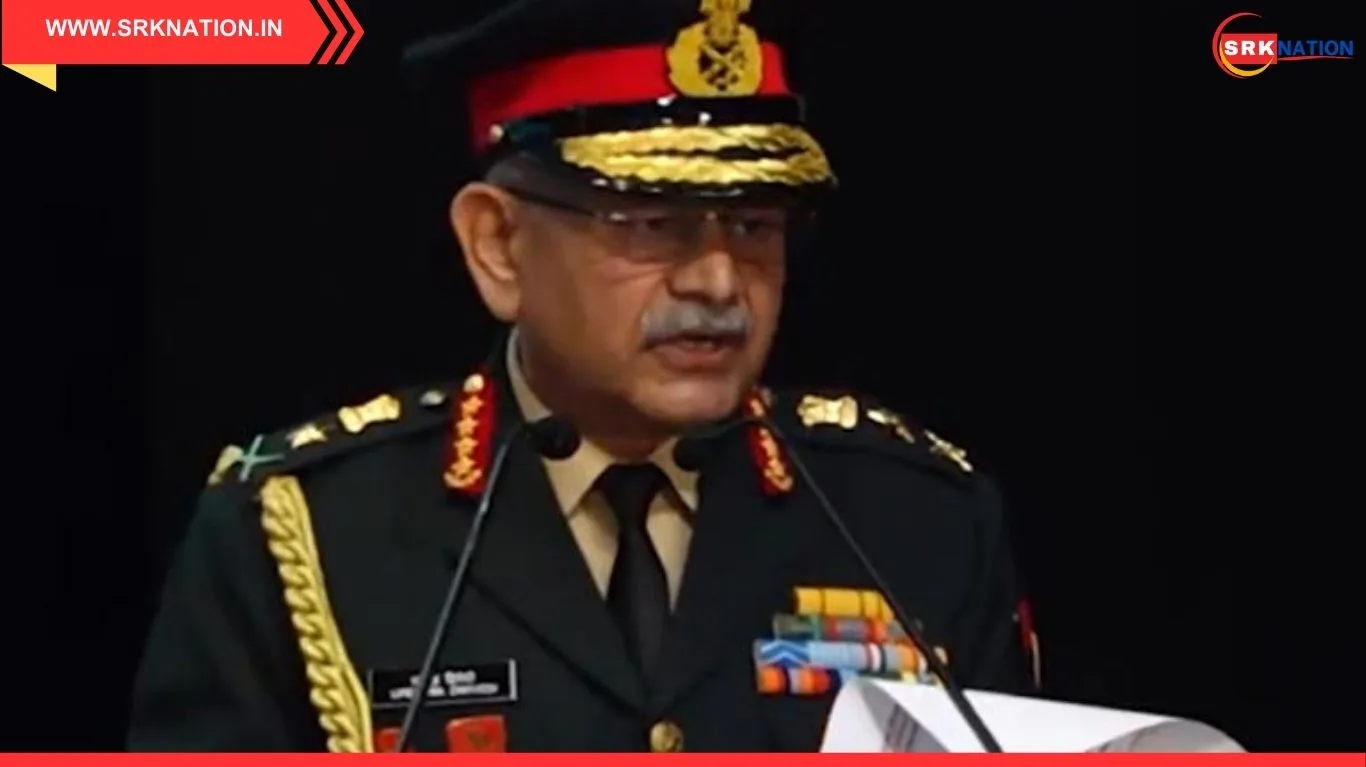India is bracing for another Bharat Bandh on Tuesday, 9 July 2025, as over 25 crore (250 million) workers and employees across sectors are expected to participate in the nationwide strike. The bandh, called by a joint platform of central trade unions and supported by several farmer organisations, aims to press for multiple long-standing demands ranging from labour rights to social security, minimum wages, and rollback of recent policies affecting workers and farmers.
Who is calling the strike?
The strike has been jointly called by major trade unions including:
- All India Trade Union Congress (AITUC)
- Centre of Indian Trade Unions (CITU)
- Indian National Trade Union Congress (INTUC)
- Hind Mazdoor Sabha (HMS)
- Self-Employed Women’s Association (SEWA)
- All India United Trade Union Centre (AIUTUC)
- Trade Union Coordination Centre (TUCC)
- Labour Progressive Federation (LPF)
- United Trade Union Congress (UTUC)
Additionally, the Samyukta Kisan Morcha (SKM) has extended moral support to the strike, urging farmers to join protests and rallies to demand better Minimum Support Prices (MSP) and withdrawal of amendments in land and environmental laws.
Key Demands Of Bharat Bandh
- Rollback of four labour codes, which unions allege dilute workers’ rights.
- Legally guaranteed MSP for all crops.
- Universal social security coverage and pension for all informal sector workers.
- Strengthening public sector undertakings (PSUs) and stopping strategic disinvestment.
- Withdrawal of privatisation in railways, defence, coal, banks, and insurance sectors.
- Measures to control price rise of essential commodities.
- Increase in minimum wages to ₹26,000 per month for unskilled workers.
- Employment guarantee for urban poor on lines of MGNREGA.
Impact on Banks, Schools, Colleges, and Offices
Banks:
- Several bank employee unions under the United Forum of Bank Unions (UFBU) have expressed support, but have not called for a formal strike.
- Banking operations like cheque clearance and branch-based services may face delays if clerical and subordinate staff join protests regionally.
- ATMs are expected to function normally but could see cash-out situations in high protest areas.
Schools and Colleges:
- No state government has officially declared closure of schools or colleges. However, in states like West Bengal, Kerala, Tamil Nadu, and Punjab, local administrations have announced that guardians can exercise discretion in sending children if transport is affected.
- Private educational institutions in urban centres are likely to remain open but attendance could be low due to fear of disruptions.
Transport:
- State-run and private buses in Punjab, Haryana, and parts of Karnataka could operate with reduced frequency.
- Metro services in Delhi, Bengaluru, and Mumbai will remain operational but may see heightened security and potential entry/exit restrictions at some stations if protests intensify.
- Railways: No major railway union has declared strike action; long-distance trains are unlikely to be affected.
Government and Private Offices:
- Central and state government offices will function normally but employee participation in protests could impact work in public dealing departments such as revenue offices, municipal corporations, and registrars.
- IT and corporate sector offices will remain open with advisories for employees to work from home if they face commute disruptions.
States likely to witness highest participation
| State | Expected Impact |
|---|---|
| West Bengal | Strong response from trade unions; transport services may be partially disrupted. |
| Kerala | High participation with widespread rallies and protests. |
| Tamil Nadu | Transport and sanitation workers participating in parts of Chennai and Coimbatore. |
| Punjab & Haryana | Farmer unions joining; localised road blockades possible. |
| Maharashtra | Partial impact in industrial zones around Mumbai, Pune, and Nagpur. |
| Delhi NCR | Rallies at Jantar Mantar and outside ministry offices; security tightened. |
Government’s Response So Far
The Ministry of Labour has urged trade unions to call off the strike and participate in discussions, stating that many of their demands are under active consideration. A senior labour ministry official said:
“The government has assured social security benefits to gig and platform workers, universalisation of ESIC and EPFO, and efforts are ongoing to address inflationary pressures.”
However, union leaders have rejected these statements as “mere promises without time-bound implementation”, reiterating that peaceful nationwide shutdown remains on schedule for 9 July.
Police And Security Arrangements
- Delhi Police has issued Section 144 orders around Parliament and key government offices.
- Mumbai Police has strengthened deployment around railway stations, bus depots, and highways to ensure commuter safety.
- Kolkata Police will deploy additional forces at major intersections and state-run offices.
- Intelligence agencies are monitoring social media to track mobilisation for mass gatherings or road blockades.
Background Of The Strike
This is the first nationwide strike after the formation of the new Union Government post-2024 elections. Worker discontent over stagnant wages, inflation, and unemployment, coupled with farmers’ grievances over MSP and import policies, has created fertile ground for united action.
Trade union leaders say that unless the government reverses its labour reform policies, workers in manufacturing, transport, healthcare, education, sanitation, and unorganised sectors will continue intensifying agitation in the coming months.
Public Advisory
Citizens are advised to:
- Check public transport status before travel on 9 July.
- Avoid routes with planned protest marches or blockades, particularly near state capitals and industrial areas.
- Keep children’s schools informed if facing local commute challenges.
- Use online banking, UPI, or digital payments as branch services could face temporary staff shortages in some regions.
Outlook
Economists caution that while the strike showcases workers’ growing restiveness amid post-pandemic recovery pressures, prolonged industrial actions can hurt economic growth momentum, especially manufacturing and MSMEs grappling with global demand weakness.
Political analysts note that the strike is also a test of opposition unity, as trade unions affiliated with Congress, Left, and regional parties come together. The actual turnout will determine if the movement gains momentum towards becoming a sustained agitation or remains a symbolic show of dissent.
Disclaimer: This article is intended for informational purposes only. Citizens should check official state government notifications and local administration advisories for final decisions on school or office closures. The situation may evolve based on union-government negotiations or legal orders closer to the strike date.











